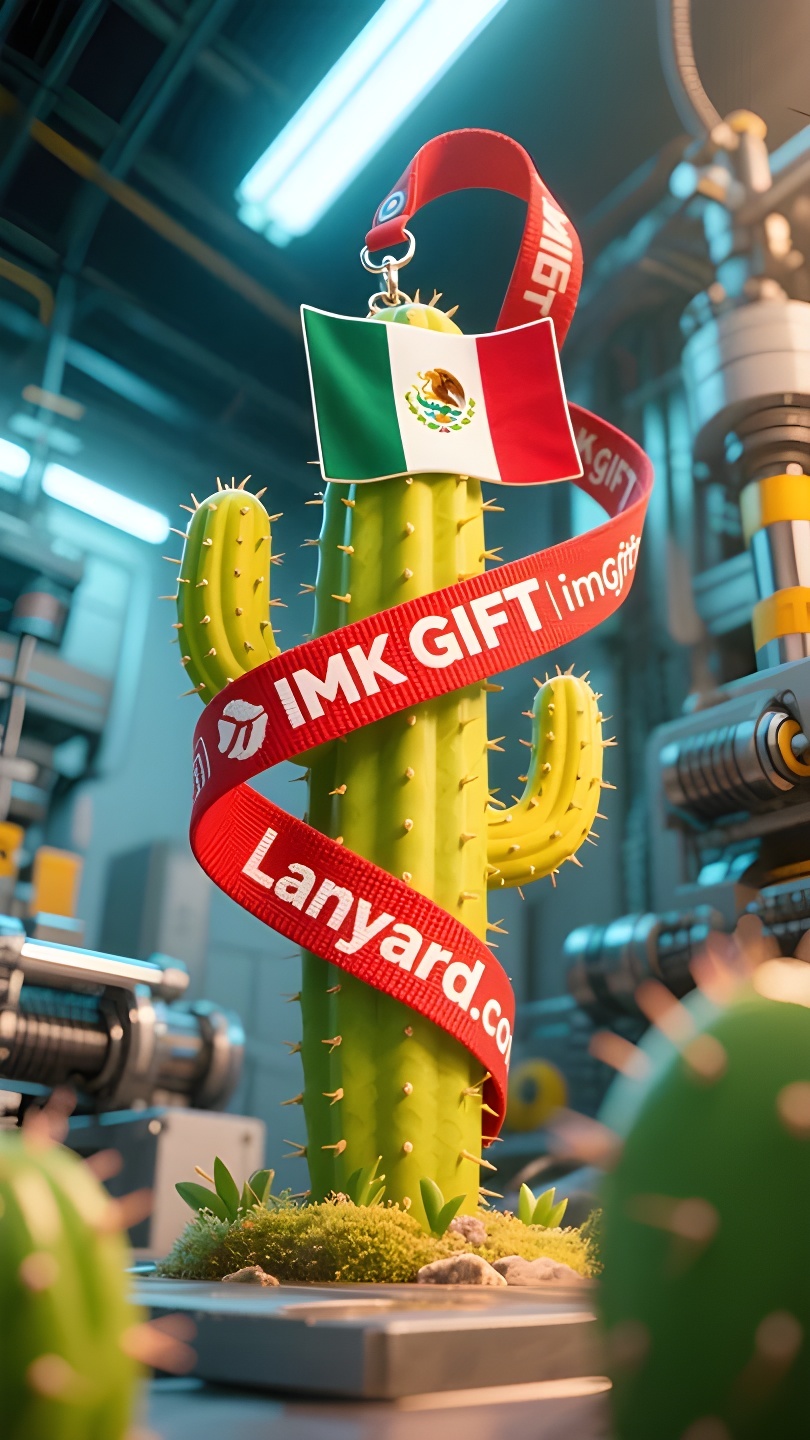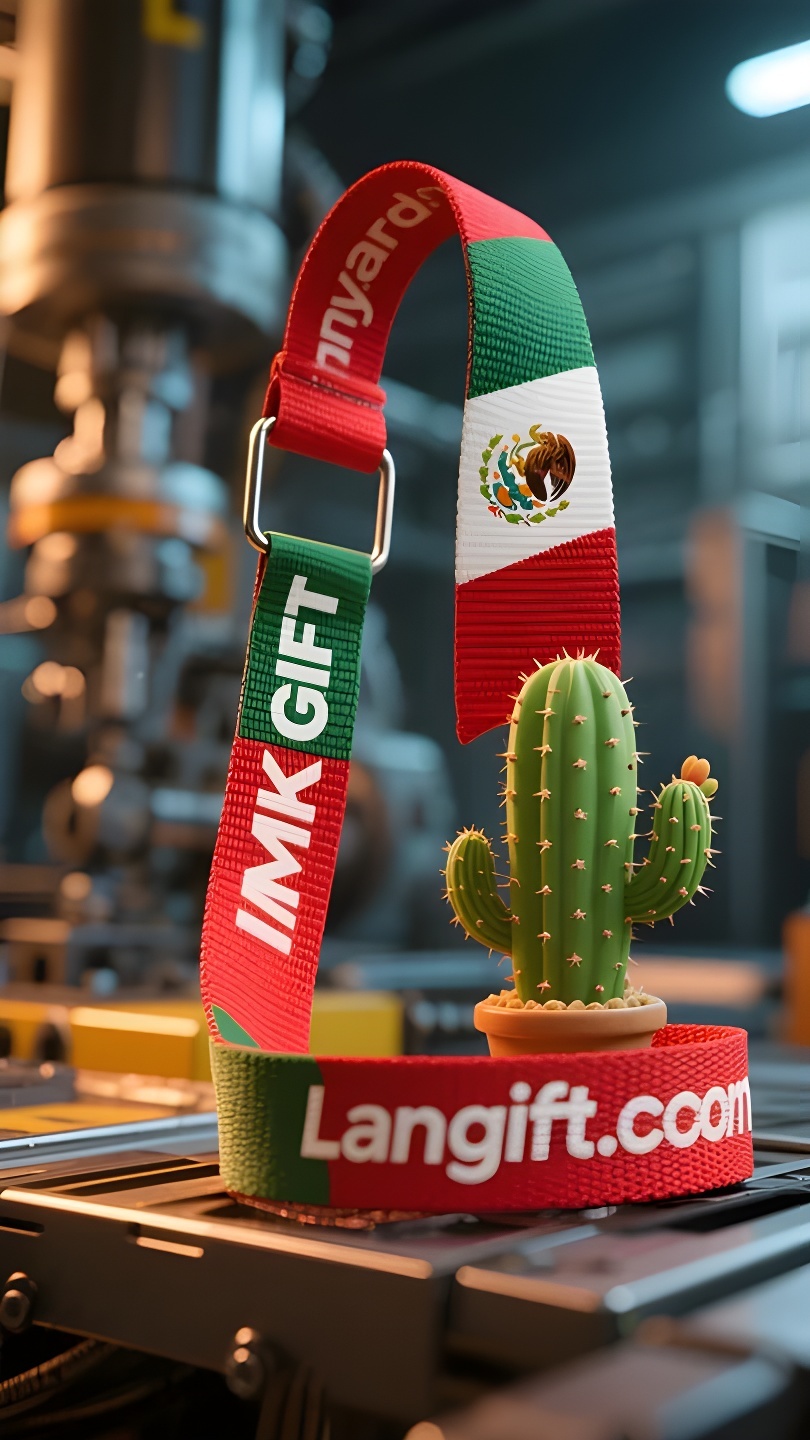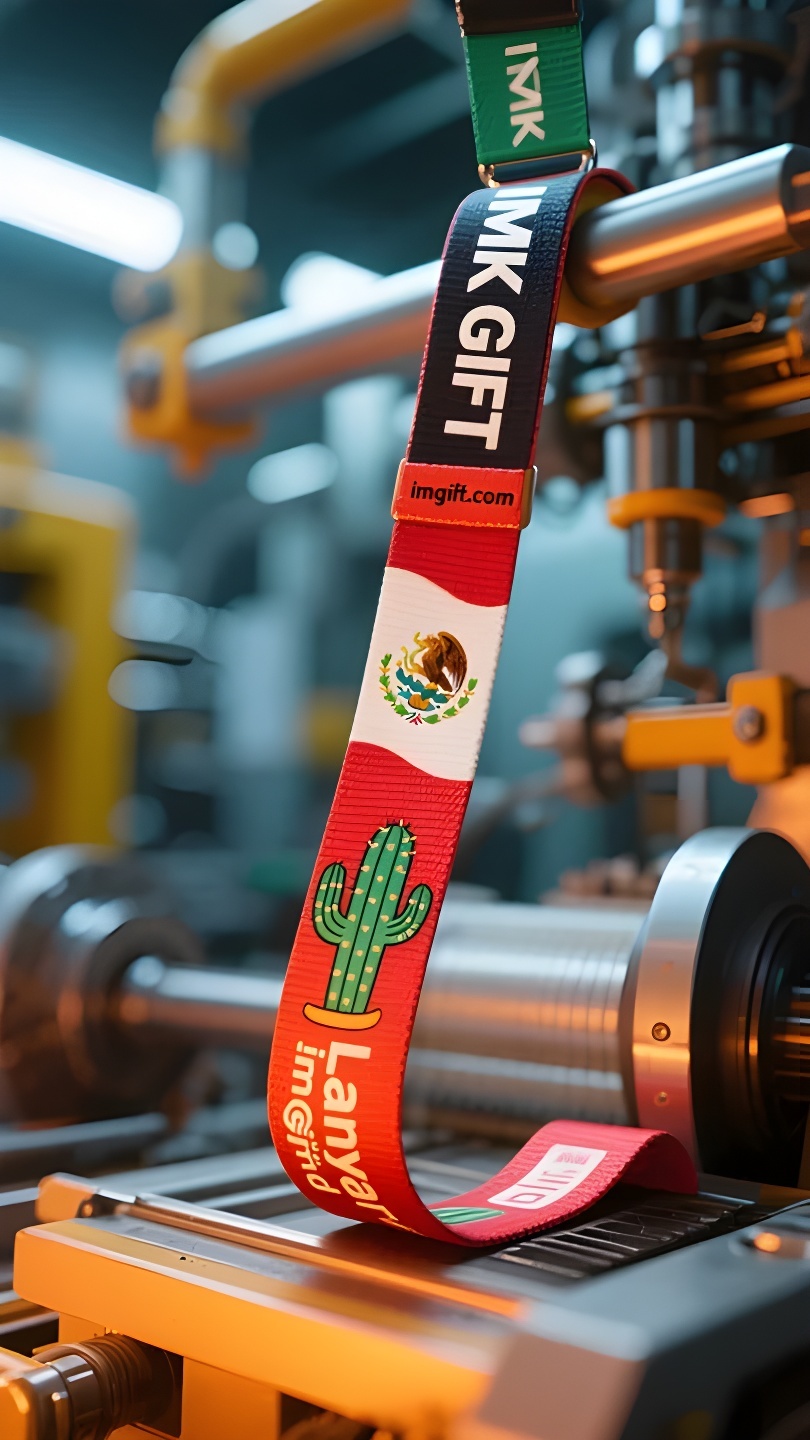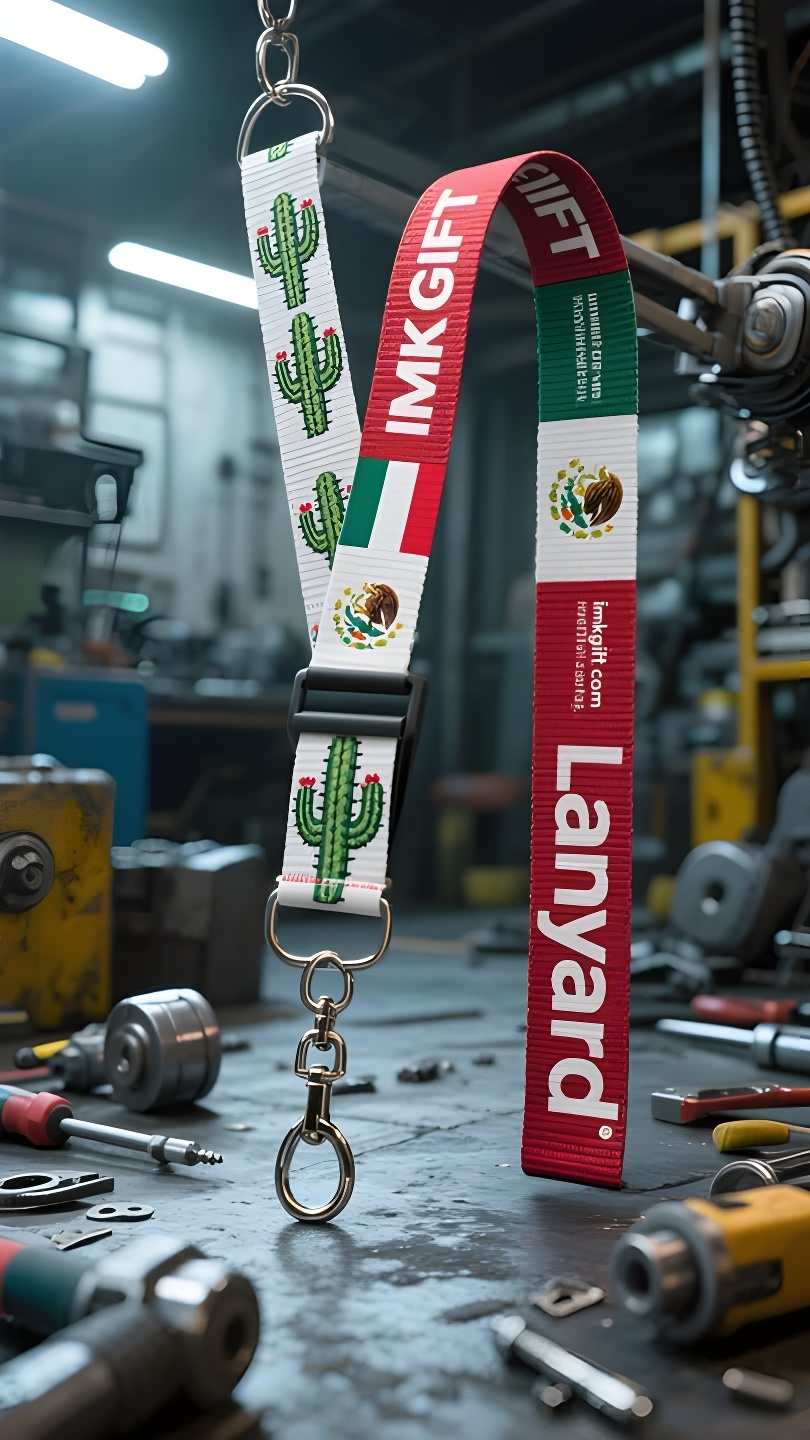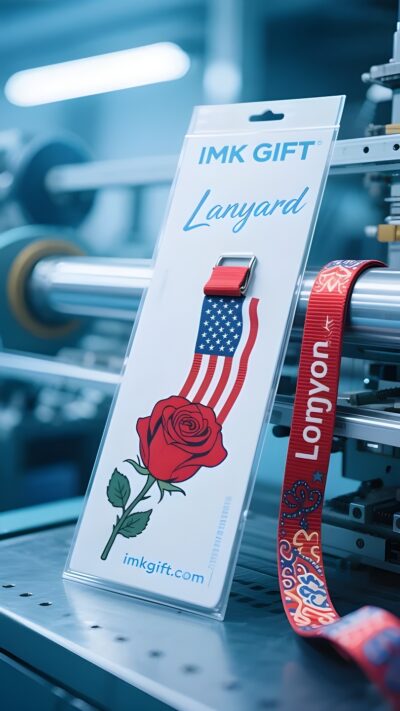in995-Cuerda-de-cactus-La-resiliencia-de-la-vida-tejida-en-la-bandera-nacional
▼
En septiembre, en México, el sol tiñe de verde, blanco y rojo la bandera nacional. Durante la celebración del Mes de la Independencia, los cordones de cactus que se llevaban en el pecho se mecían con el viento. Los nudos tejidos con técnicas tradicionales revelan el código espiritual más profundo de esta nación. El tótem del cactus, en el centro de la bandera mexicana, lleva la antigua profecía de la búsqueda de la tierra prometida por los aztecas. Los cordones que lo envuelven se llaman “la vena de la vida” en la artesanía popular: cada hilo de seda de color es una metáfora de diferentes fuerzas vitales: el verde representa la tenaz vitalidad del cactus, el rojo la sangre condensada en la lucha y el blanco la luz de los ideales que nunca se apaga. Al tejerse en cuerdas con técnicas complejas, forman una resiliencia colectiva para resistir la sequía y superar las dificultades. Esta filosofía textil está presente en el contexto histórico de México. En la Guerra de Independencia del siglo XIX, los rebeldes usaron cordones como tótems para la comunicación secreta. En los modernos sitios de rescate tras terremotos, voluntarios atan cordones para buscar señales de vida entre las ruinas. La trama de cada cordón repite la misma verdad: los individuos aislados son como fibras frágiles, y solo cuando se entrelazan en una red pueden soportar el peso de toda la nación. Cuando los fuegos artificiales de la celebración iluminan el cielo nocturno, los cordones de cactus brillan alrededor de los cuellos de miles de personas. No solo son una extensión concreta del espíritu de la bandera nacional, sino también un aula de vida móvil: nos enseña a combatir la dureza con flexibilidad, a superar la soledad con el entrelazamiento y a hacer que cada pequeño individuo se convierta en la trama de la historia en el tejido común. Esta puede ser la sabiduría de supervivencia que México ha legado al mundo: la verdadera fuerza comienza reconociendo la fragilidad y se logra conectando con los demás.
In September in Mexico, the sun gilds the green, white and red colors of the national flag. During the celebration of the Independence Month, the cactus lanyards on people’s chests swayed in the wind. The knots woven with traditional techniques are telling the deepest spiritual code of this nation. The cactus totem in the center of the Mexican flag carries the ancient prophecy of the Aztecs’ search for the promised land. The lanyards wrapped around it are called “the vein of life” in folk handicrafts – each colored silk thread is a metaphor for different life forces: green is the tenacious vitality of the cactus, red is the blood condensed in the struggle, and white is the light of ideals that never goes out. When they are woven into ropes with complex techniques, they form a collective resilience to resist drought and overcome difficulties. This weaving philosophy runs through the historical context of Mexico. In the 19th century War of Independence, the rebels used lanyards as totems for secret communication; at modern earthquake rescue sites, volunteers tie lanyards to search for signs of life in the ruins. The warp and weft of each lanyard are repeating the same truth: isolated individuals are like fragile fibers, and only when they are interwoven into a net can they support the weight of the entire nation. When the fireworks of the celebration illuminate the night sky, the cactus lanyards shine around the necks of thousands of people. They are not only a concrete extension of the spirit of the national flag, but also a mobile life classroom – teaching us to fight hardness with flexibility, to resolve loneliness with interweaving, and to make each tiny individual become the warp and weft of history in the common weaving. This may be the survival wisdom that Mexico has given to the world: true strength begins with acknowledging fragility and is achieved by connecting with each other.
九月的墨西哥,阳光为国旗上的绿、白、红三色镀上金辉。在独立纪念月的庆典中,人们胸前的仙人掌挂绳随风轻摆,那些用传统技法编织的绳结,正诉说着这个民族最深沉的精神密码。
墨西哥国旗中央的仙人掌图腾,承载着阿兹特克人寻找应许之地的古老预言。而缠绕其上的挂绳,在民间手工艺中被称为“生命之脉”——每根彩色丝线都隐喻着不同的生命力量:绿色是仙人掌般顽强的生命力,红色是抗争中凝聚的热血,白色则是永不熄灭的理想之光。当它们以复杂技法编织成绳,便形成了抵御干旱、跨越困境的集体韧性。
这种编织哲学贯穿了墨西哥的历史脉络。19世纪独立战争中,起义军将挂绳作为秘密联络的图腾;现代地震救援现场,志愿者系着挂绳在废墟中搜寻生命迹象。每条挂绳的经纬交错,都在重复着同一个真理:孤立的个体如同脆弱的纤维,唯有交织成网,才能托起整个民族的重量。
当庆典的烟花照亮夜空,仙人掌挂绳在万千民众的颈间闪耀。它们不仅是国旗精神的具象化延伸,更是流动的生命课堂——教会我们以柔韧对抗刚硬,用交织化解孤独,让每个微小个体都在共同编织中成为历史的经线纬线。这或许就是墨西哥献给世界的生存智慧:真正的强大,始于承认脆弱,成于彼此连结。
▼
Contact Us
📞 Tel: +0086-760-85286839
📧 Email: sales3@imkgift.com

